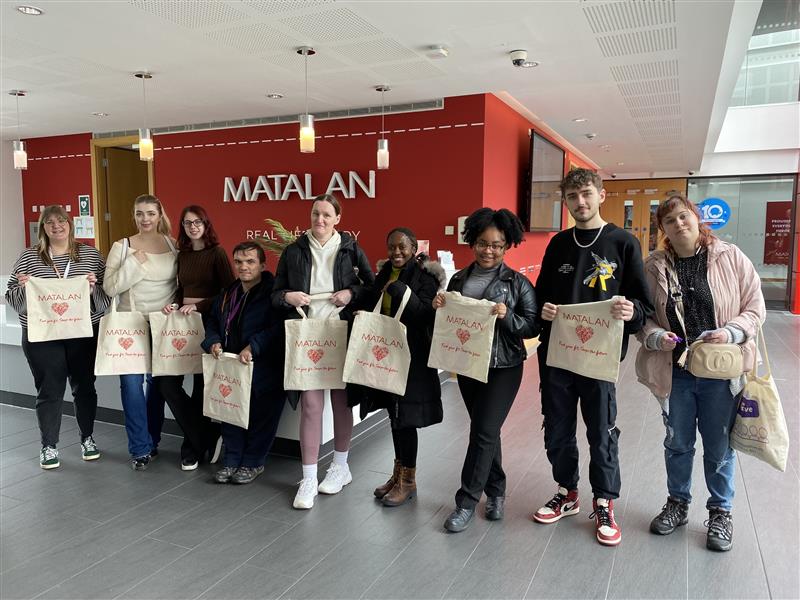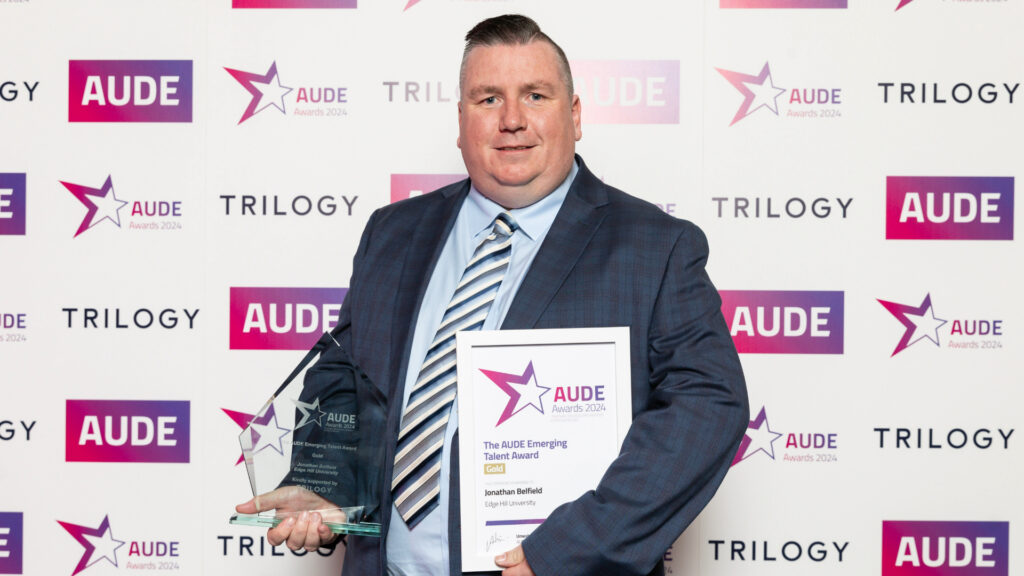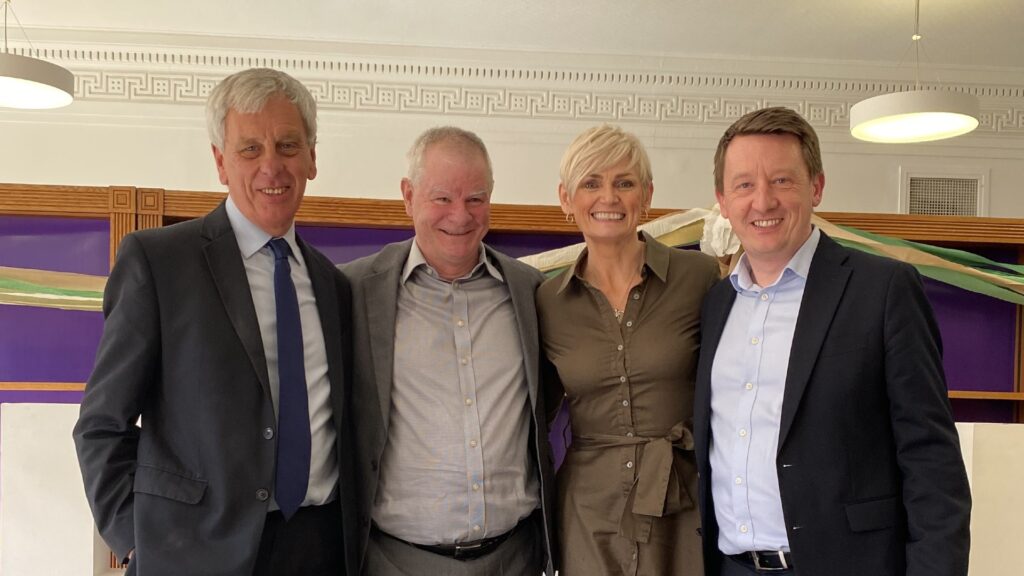
Nursing and midwifery are central to health care provision. It makes sense, then, that we’re constantly looking at ways to improve the delivery of that care – from every perspective. Our nursing and midwifery teachers are also practitioners with many years’ experience under their belts. Throughout that time they’ve had their eyes wide open, observing what works, what doesn’t, how they could make a difference. Their research is that difference. Here’s a sneak peak.
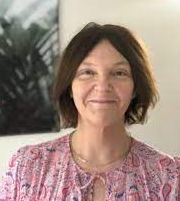
Professor Jacqueline Leigh
Director of Nursing & Midwifery
“My main research areas focus around teaching and learning, particularly practice learning, practice education, nurse education, leadership development and developing the future workforce. I also write books engaging in scholarship that has a teaching and learning focus, such as the transition of nurses and midwives from student to registered practitioner and supervising and assessing students and midwives.
“I’ve always had an interest in health professional education, so how we teach, how people learn, and the way that we prepare our existing and future health care workforce. My career followed my passion around this really important area. My doctoral thesis focused on the role of the nurse academic and how they engage within a practice education partnership, and how they work in practice to create the best practice learning environment for pre-reg nurses to learn and thrive.”
Professor Lucy Bray
Professor in Child Health Literacy
“I worked for many years with children and young people undergoing procedures and surgery. As a nurse I got really interested in research, in how children were experiencing day-to-day procedures and surgery. For children and young people, things like coming in for an X-ray or a blood test is a big deal.
“We’re very good at asking professionals and parents things from their perspective. We’re less good at asking children and young people, in order to make their experiences better. So the first research study I was involved in was asking children and young people about what information they would like to know before they came in for an operation.
“This really led me to become interested in how we prepare children and young people for when they come into hospitals. How do we enable and empower children, young people, to have a voice? How do we enable them to get involved in decisions that are being made about them and their health care? And ideally, how do we empower them to then get involved in those choices, which then enable them to make those kind of healthier decisions or to manage their long term condition in a certain way?”
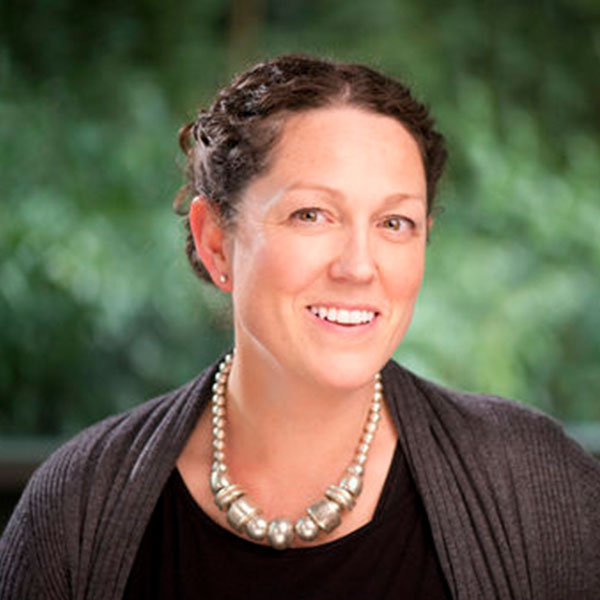
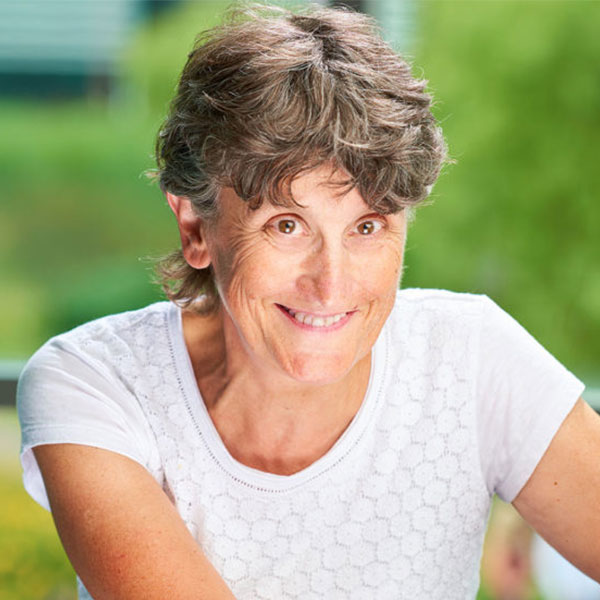
Professor Bernie Carter
Professor – Nursing & Midwifery Research & Innovation Team
“I’m hugely curious about many different aspects of caring for children, young people and families. But the thing that makes my heart beat faster is research into young people’s pain. It’s a wonderful thing to do, but quite difficult to explain to people.
“What inspired my research? I was the sister on a high dependency intensive care unit, and one of the children had quite a lot of pain. We hadn’t got any appropriate medications for him, and I spent half an hour trying to get somebody to sort the pain out. I couldn’t think of anything that we could do while I was waiting for that medication to be written out.
“I thought there must be more interventions that we could do as nurses and better ways to think about pain than just being quite reliant on medication. So that child who had pretty intolerable pain for a while changed my thinking about myself as a nurse and also gave me a direction for what would become a research career.”
Professor Barbara Jack
Professor of Palliative & End of Life Care
“My research interests are focused around palliative and end of life care. That includes studies that have looked at symptom assessment, models of care delivery, such as hospice at home services and new roles such as hospice volunteers. I’ve also been involved with international studies in sub-Saharan Africa. That included looking at nurses being able to prescribe morphine, which went on to inform a World Health Organisation report, and also that community volunteer worker scheme.
“One of the other areas that I’ve really been involved with is about family carers and the needs of family carers, particularly during the final year of life. We developed a carers alert thermometer called the CAT. This is currently being used in different settings across the UK and internationally, and it was also developed for use with carers of patients surviving a stroke. More recently I’ve been looking at the impact of hospital chaplains and spiritual care teams on health care professionals during the COVID pandemic.”
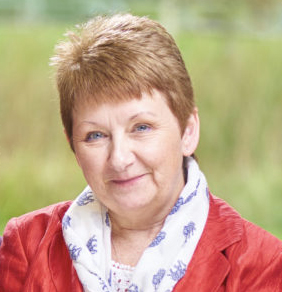
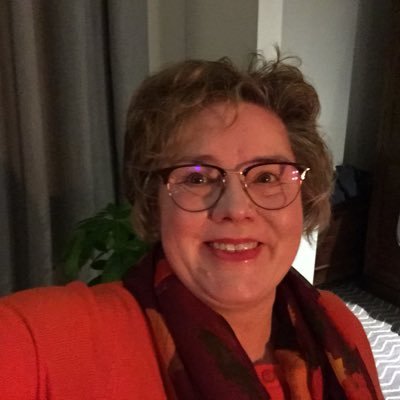
Professor Debbie Roberts
Professor of Learning & Teaching in Nursing and Midwifery
“I’ve always known I wanted to teach as a nurse educator, even when I was doing my own nurse education. I’m concerned about the evidence base that supports how we teach what we teach. While we need to make sure as nurse educators that the content of our lessons is based on contemporary evidence, we also have this dual responsibility to make sure that what we’re teaching is conveyed in the best way possible.
“There are a lot of questions that are still unanswered about the best way, for example, of teaching anatomy? What’s the best way of making sure that students can relate what we teach, in terms of theory to what they do in clinical practice? How does learning and teaching in clinical practice take place? There are lots of big gaps in terms of what we know, how we know. This is the space I definitely need to be in.”
Professor Lyvonne Tume
Professor of Critical Care Nursing
“I have a joint role with Alder Hey Children’s as a senior research leader, where I’m developing nursing and allied health professional research capacity and capability.
My main areas of research relate entirely to clinical interventions and practices that nurses have responsibility and autonomy for in intensive care. So to me, practice and research go hand in hand, and it’s through my practice that I can see where research needs are and use these to inform my research topics.
“My PhD work involved the impact of nursing interventions performed in children with severe traumatic brain injury. These are interventions such as endotracheal suctioning, hygiene cares, log rolling. A current area of research is around optimising nutrition for critically ill children. Nurses are really key to this because they’re the only presence at the bedside 24 hours, and also around improving respiratory care interventions for children, making them safer and more effective, such as endotracheal suctioning, suctioning down a breathing tube, and weaning children off the ventilator breathing machine as safely and as quickly as possible.”
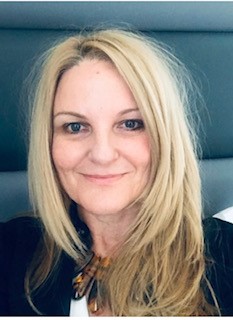
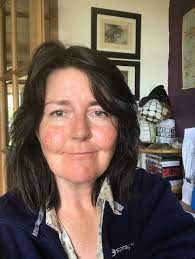
Dr Michelle Howarth
Senior Engagement Fellow, Nursing & Midwifery
“Over the years I’ve tried to promote the notion of person-centred care, to think about the individual at the heart of our care. What they look like, and not just their signs and symptoms.
“As an 18 year old I was really influenced by my first ever ward report on an acute medical unit. I remember thinking, ‘what are they talking about?’, because we’d only had four weeks training. And my first ever ward task was to remove a venflon (similar to a cannula) and I genuinely thought I needed a spanner and a porter because I had no idea that bed 19 was Mr Smith, who’d had a heart attack and needed his venflon removing from his drip.
“I then became interested in what person-centred care looks like in the community? I became involved in a social prescribing movement. Social prescribing looks at the person beyond the diagnosis and the condition, and it’s a prescription made by a health professional to a linked worker in the community who has a person-centred conversation with an individual to work out what matters to them, rather than what’s the matter with them.”
January 2, 2024
